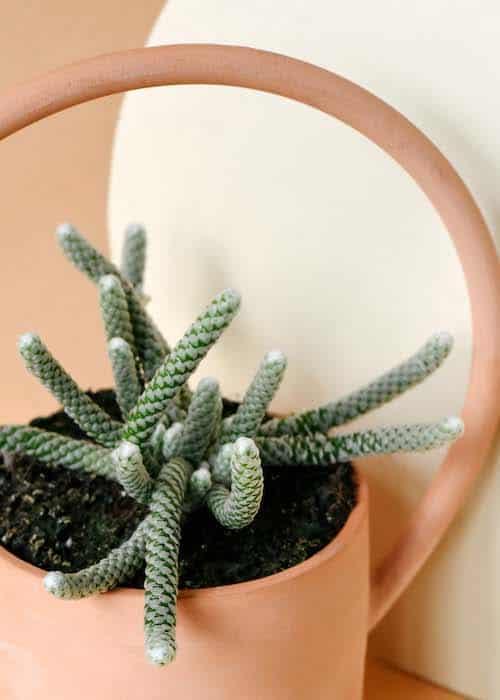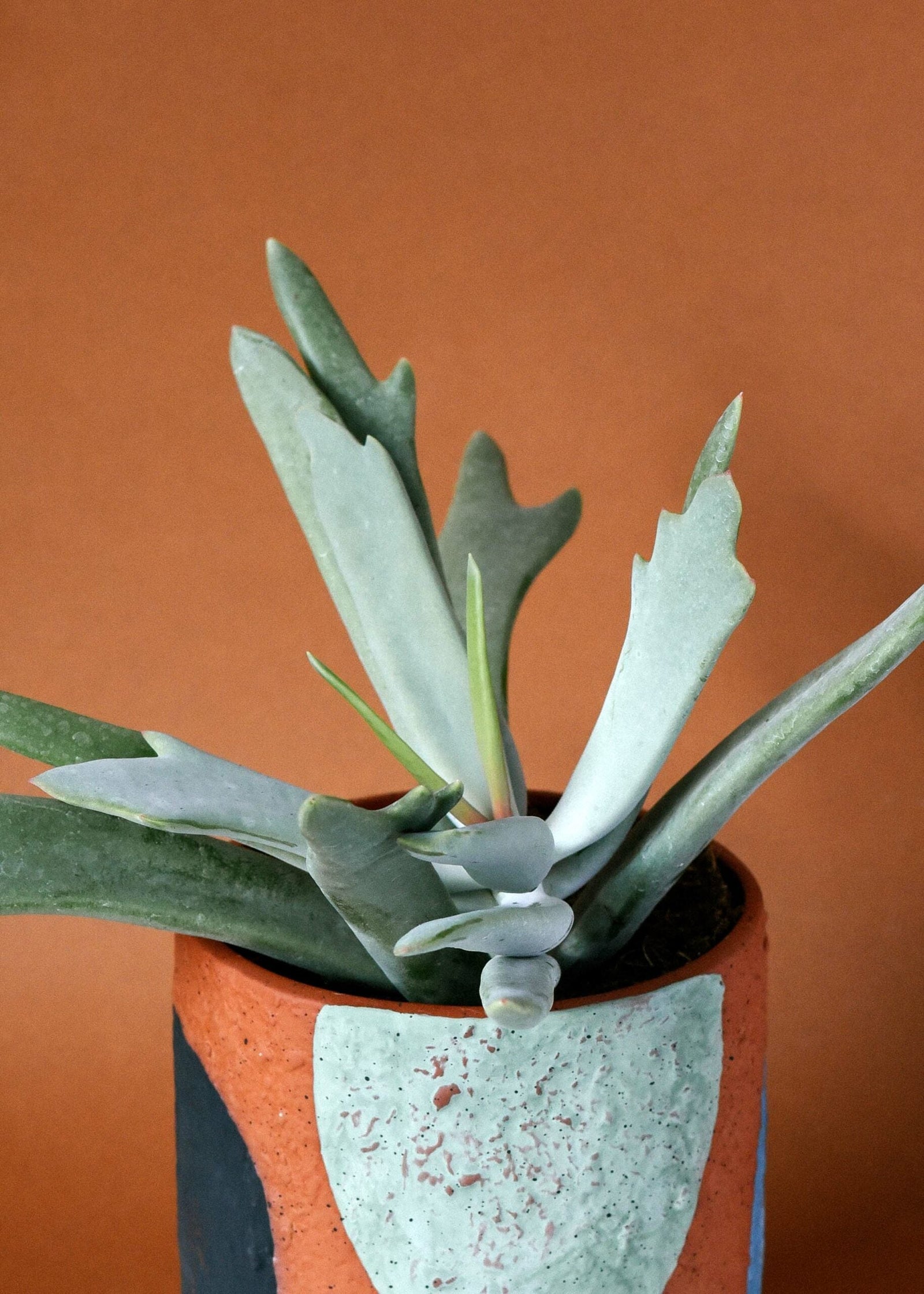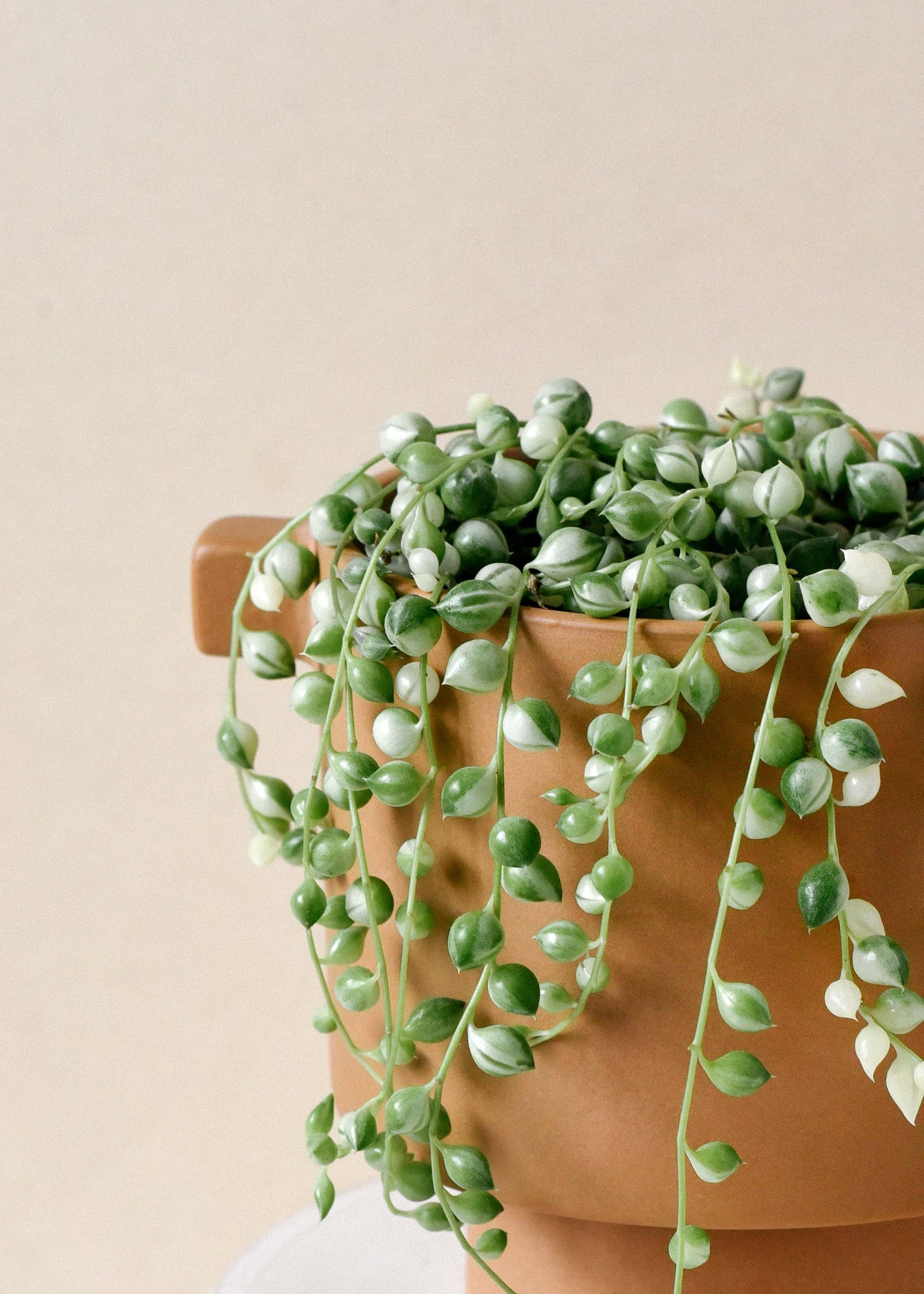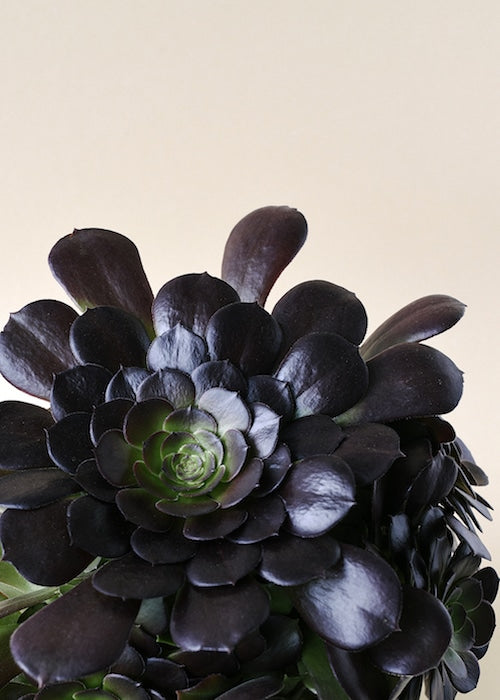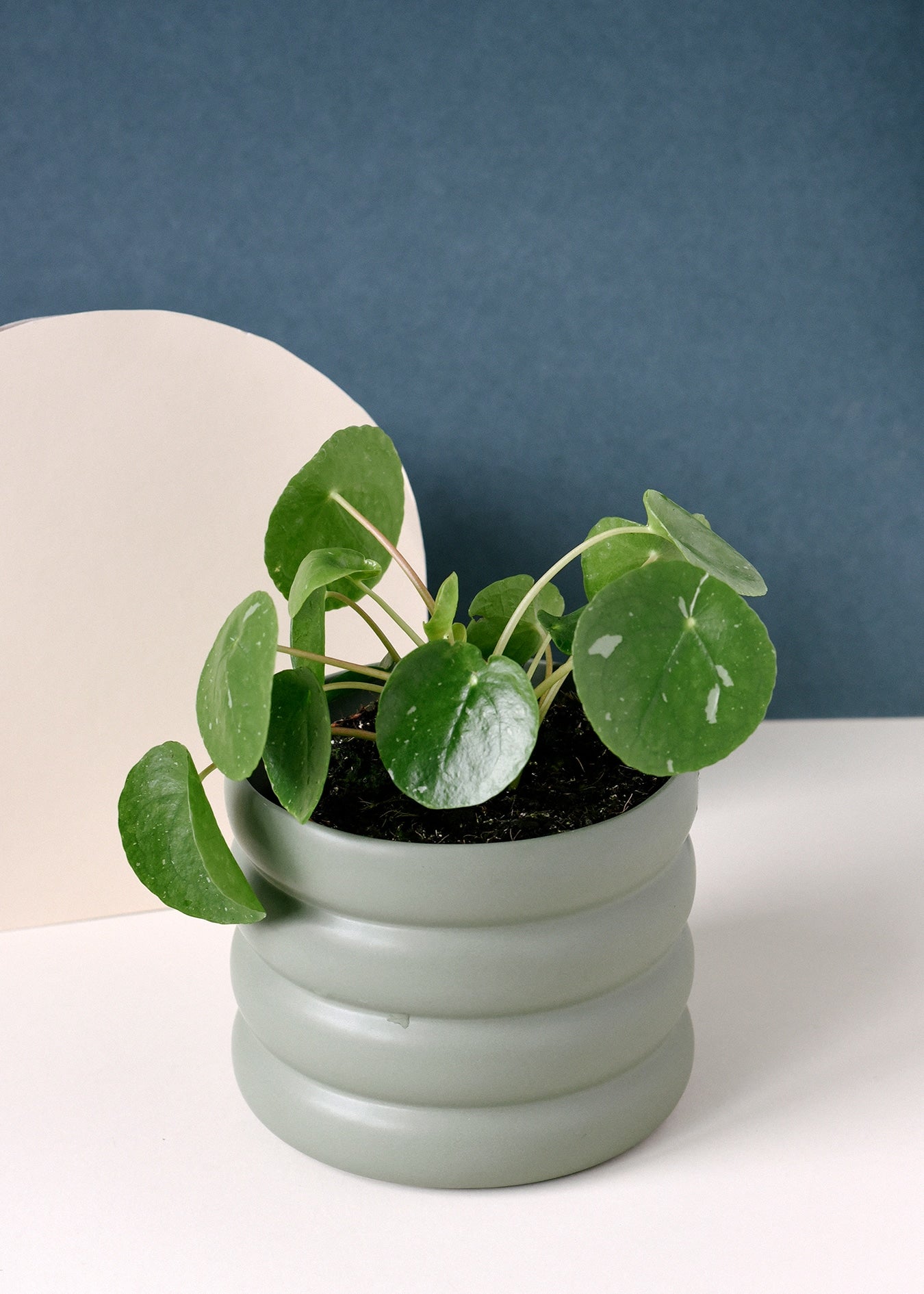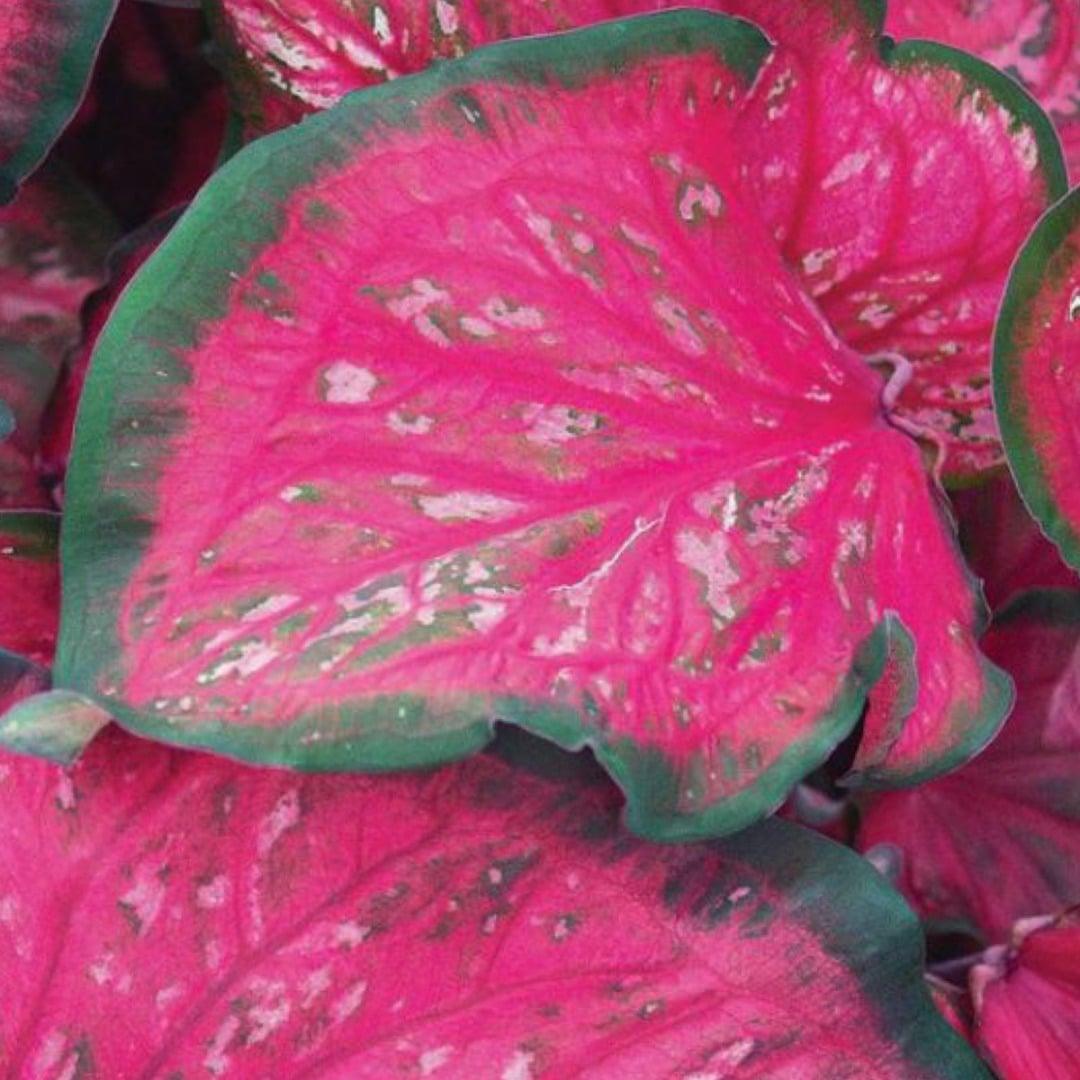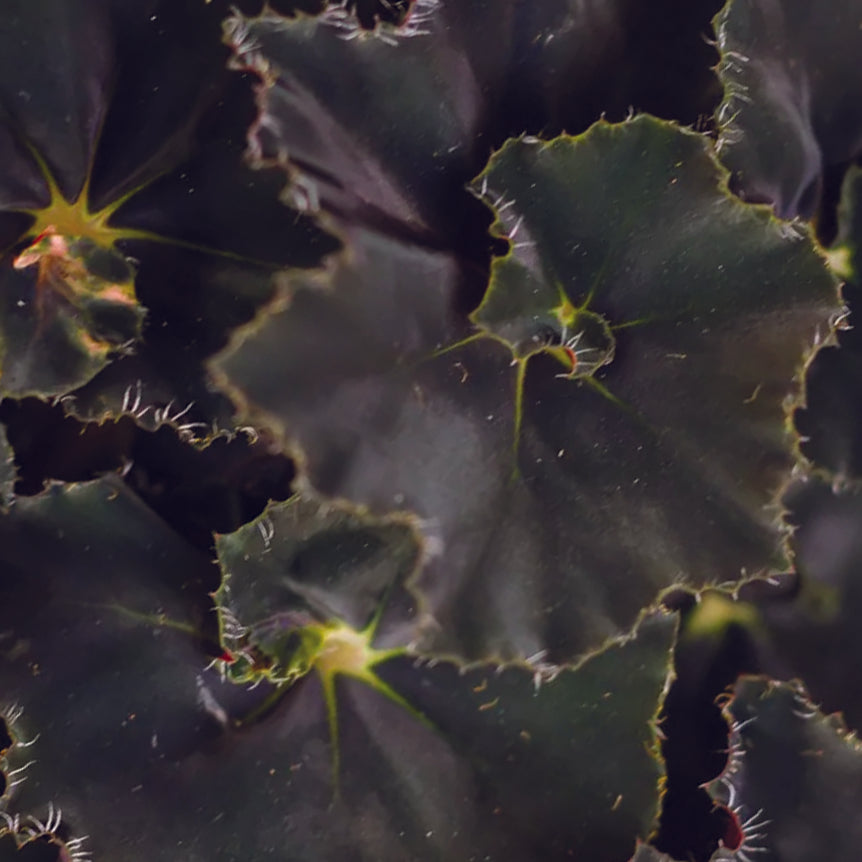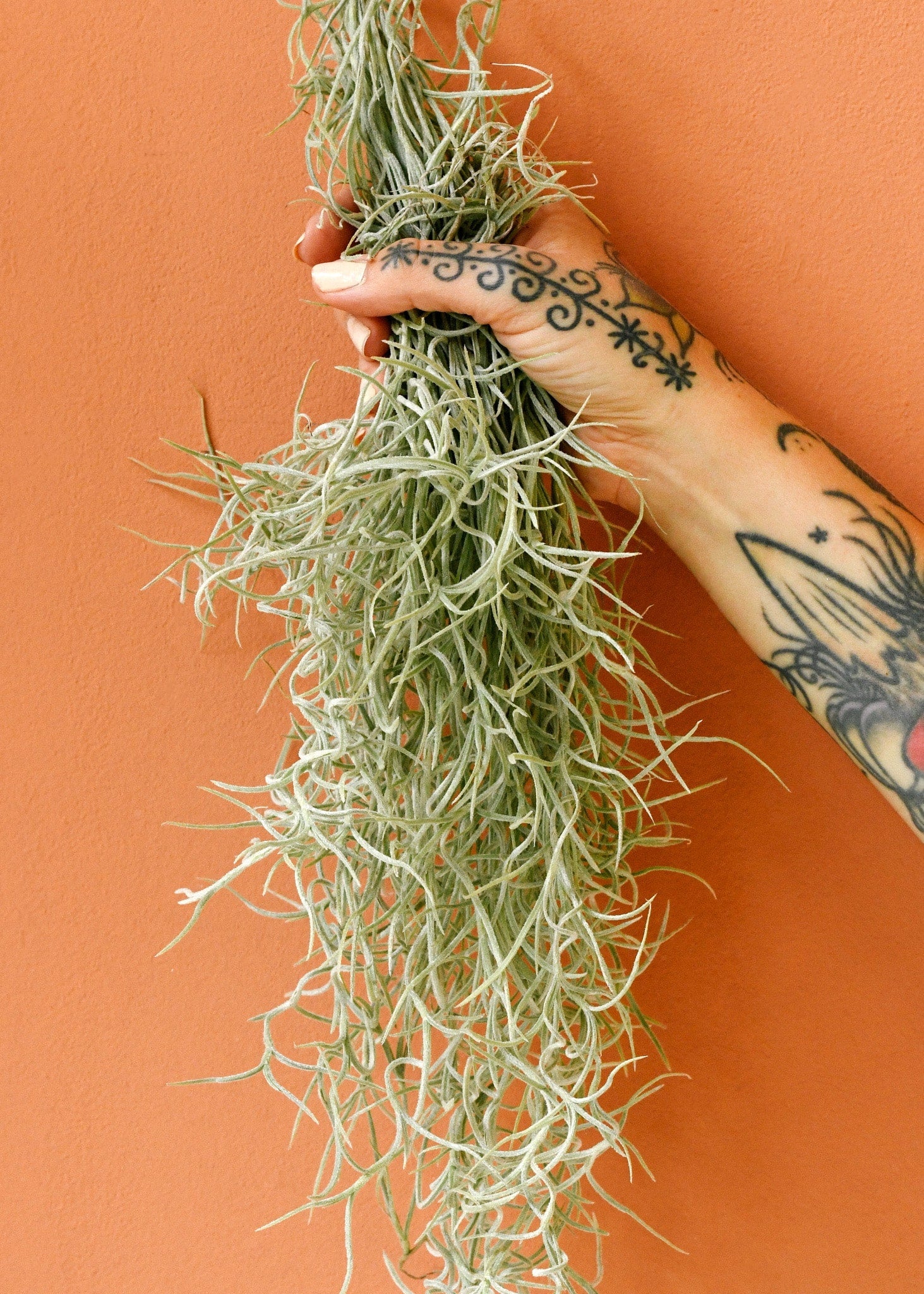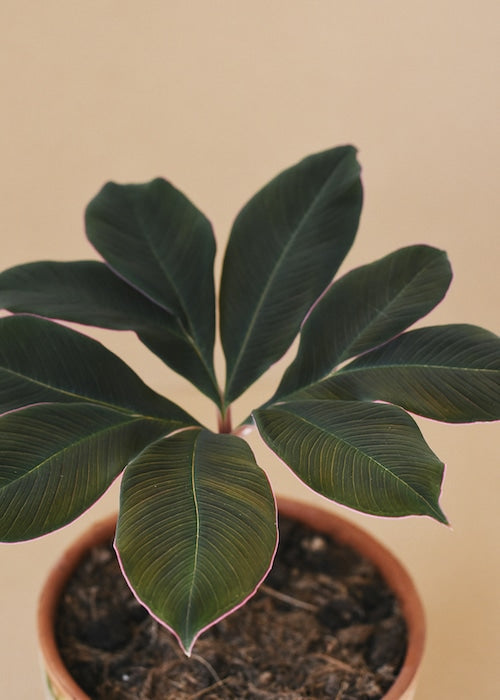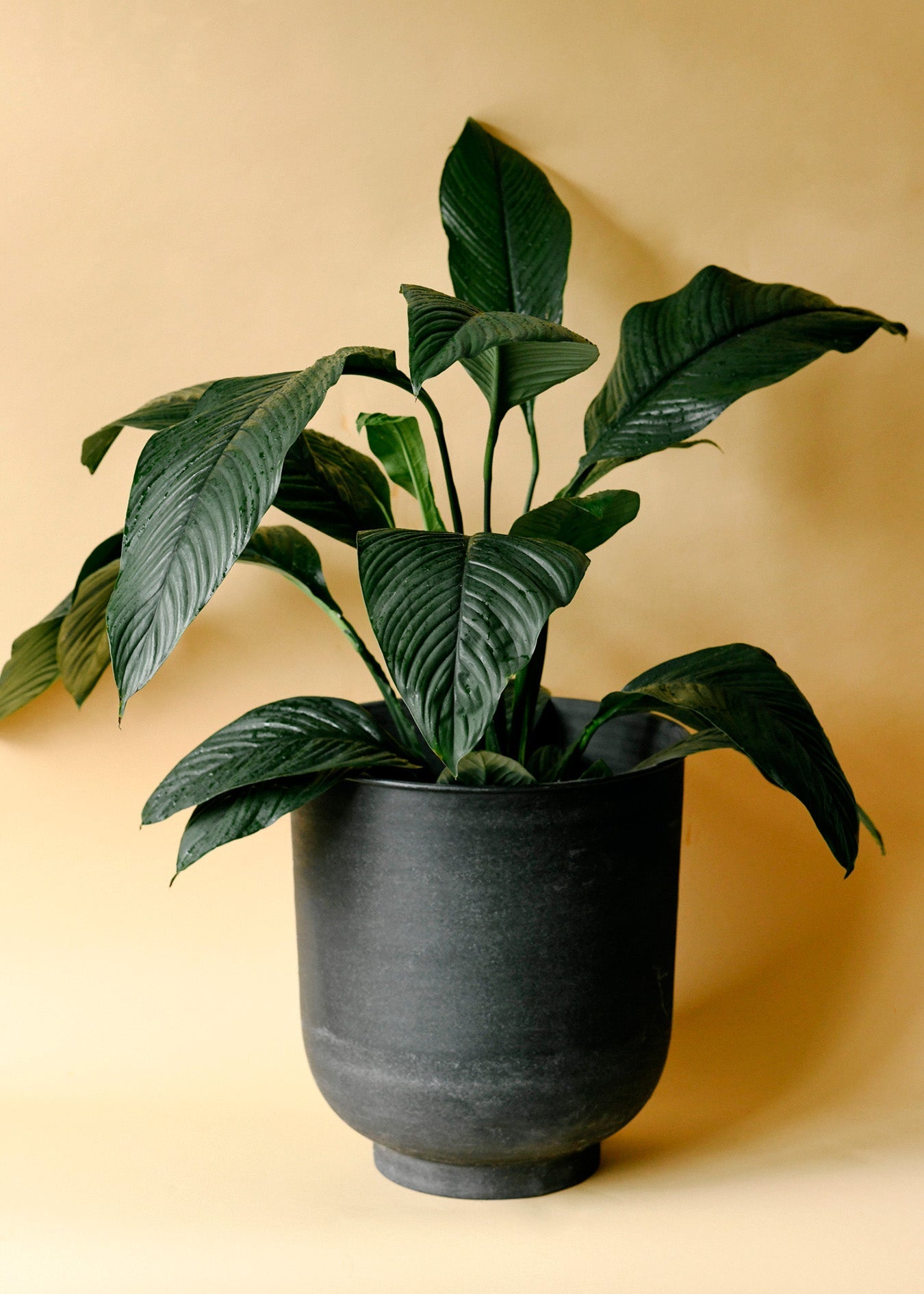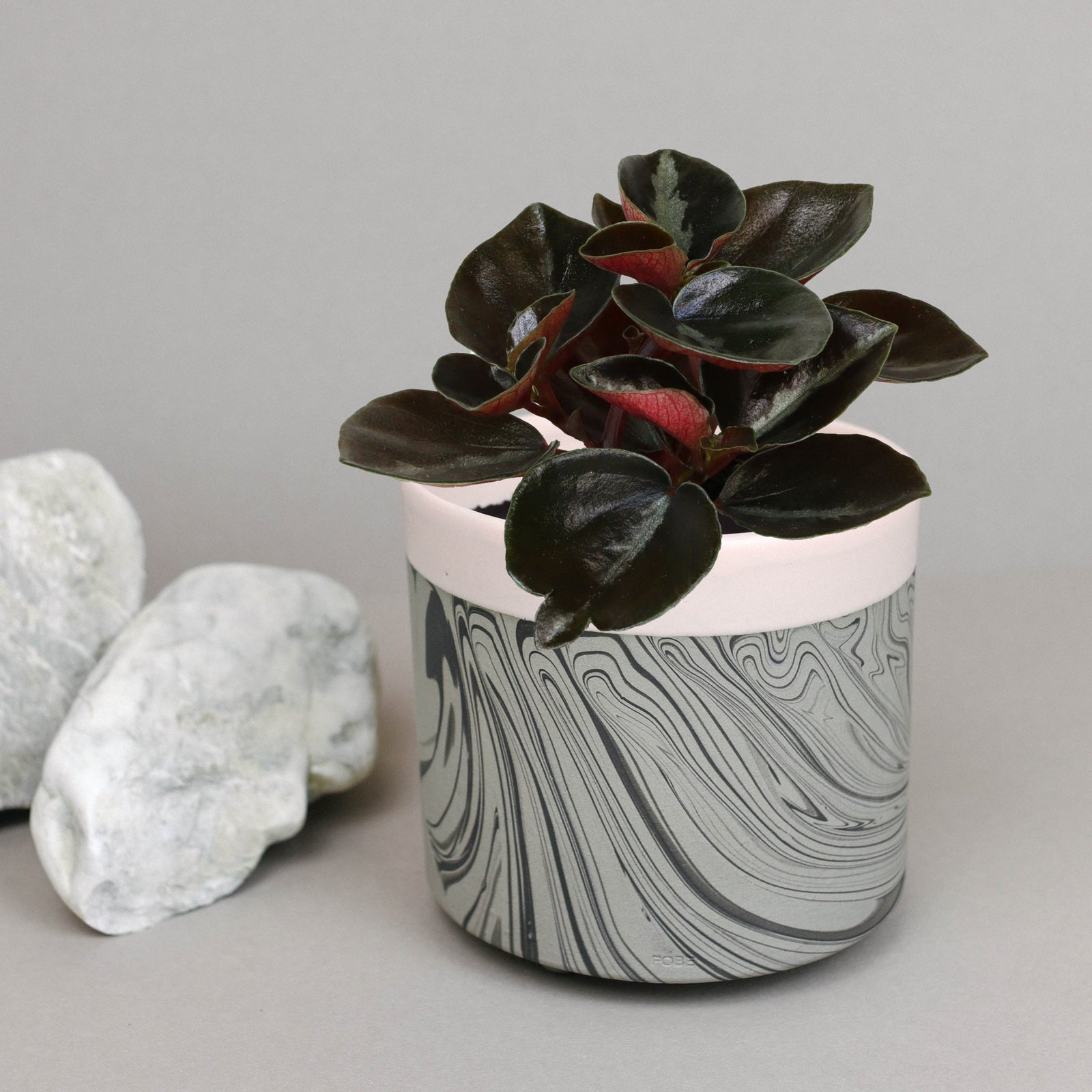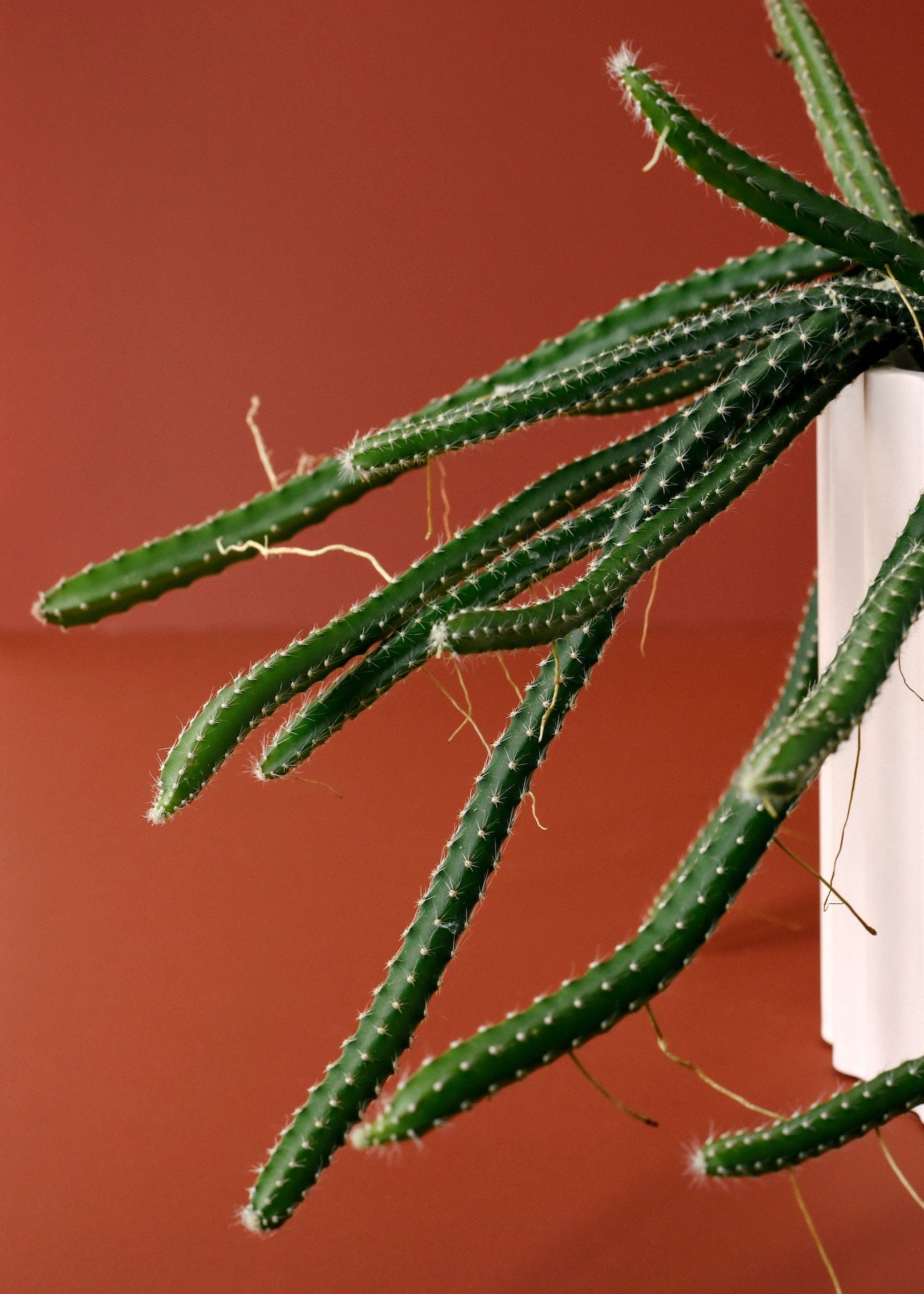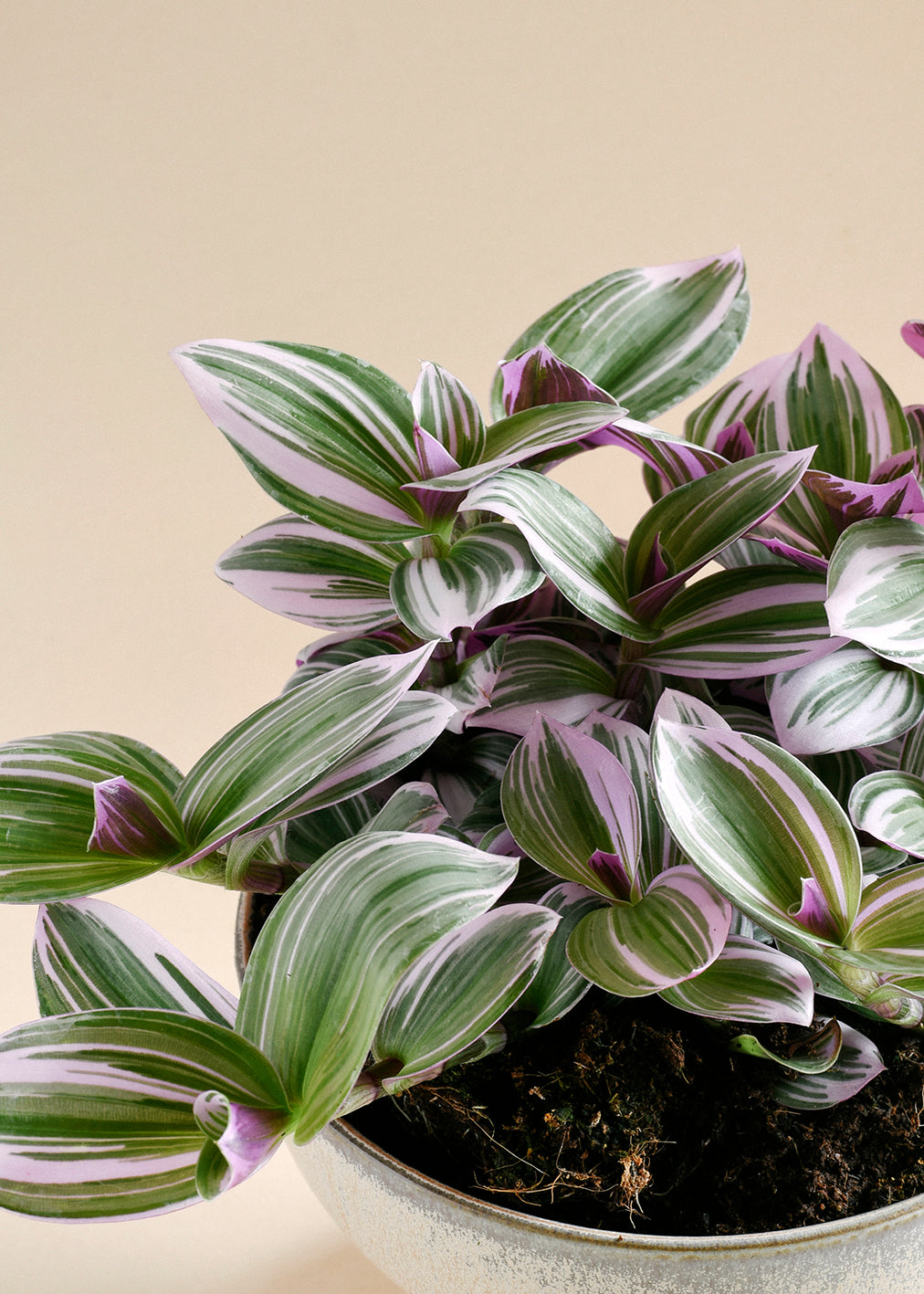Welcome to our comprehensive guide on caring for Asparagus plants. Whether you're a seasoned gardener or a novice looking to add a touch of green to your space, this guide will provide you with all the essential information to ensure your Asparagus thrives.
Care Summary
| Aspect | Details |
|---|---|
| Light | Part to full shade, well lit |
| Watering | Often, keep moist but not wet |
| Humidity | Above average |
| Soil | Well draining |
| Pruning | Regularly remove dead or dying fronds |
| Toxicity | Poisonous to humans and animals if ingested |
Lighting Tips
Asparagus plants thrive in part to full shade but require well-lit conditions. Avoid direct sunlight as it can scorch the leaves. A north-facing window or a shaded part of your garden are ideal spots.
Watering Advice
Maintain consistent moisture for your Asparagus plant. Water it often enough to keep the soil moist but ensure it’s not waterlogged. During the warmer months, increase the frequency of watering.
Humidity Needs
Asparagus plants prefer above-average humidity. Consider placing a humidifier nearby or regularly misting the plant to maintain the ideal humidity levels.
Soil Requirements
Choosing the right soil is crucial for the health of your Asparagus plant. Use well-draining potting mix to prevent water retention and root rot.
Pruning Practices
Regular pruning helps maintain the health and appearance of your Asparagus plant. Trim back dead or dying fronds to encourage new growth and prevent disease.
Why We Love It
The Asparagus plant is not only visually appealing with its feathery foliage but also acts as an excellent air purifier, making it a fantastic addition to any home or office.
Discover the best practices for Asparagus plant care, including ideal lighting, watering, and soil conditions to ensure your plant's health and beauty.



